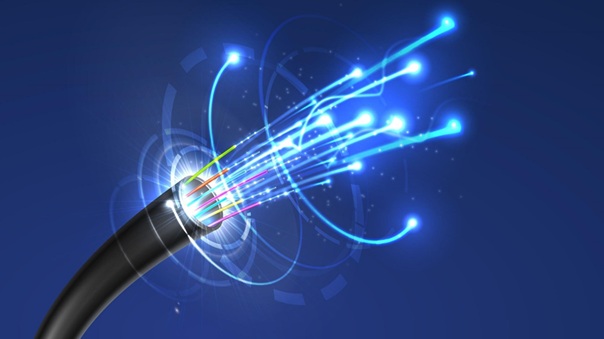We can all agree that staying connected in our modern world is not just a simple decision. Apart from the idea that you will choose between various providers for your internet privileges, you must choose the technology that powers your entertainment source and enjoyment.
You should check here to learn more about Wi-Fi network. The most common options include satellite, DSL, fiber-optic and cable, which are widely recognized options for internet and TV services, while understanding the differences can be both involved and demanding endeavor.
Although satellite services and DSL feature amazing availability, you should know that they cannot compete with quality and speed of cable and fiber-optic connections. The difference between cable and fiber is more nuanced, which is why we decided to help you navigate your search and choose the one that meets you needs.
Differences Between Fiber and Cable

First thing you should remember is that cable and fiber come with numerous differences based on the way they transmit information. For instance, fiber-optic uses flexible and small strands of glass to transmit the information as light. The strands are wrapped and protected with layers of plastic, meaning fiber is clearer, faster and able to travel large distances.
Fiber cables can handle more data than copper cables, which is vital to remember. When it comes to traditional cable, you should know that data is transmitted via electricity. It uses coaxial cables for transmission, while inside that coax cable you will find a copper core combined with plastic layer, copper shield and aluminum insulation.
It is vital to remember that cable is more susceptible to weather conditions such as extreme cold, storms and many more. At the same time, it is prone to electromagnetic interference, which is not the case with fiber-optic because it uses electrical signals. That is why you should check out Diamond Communications LLC for more information on topic.
The main idea is to understand that fiber optic internet service is amazing and you will get both reliable and faster option than DSL or cable internet. Since it has other major advantages, you should know that taking advantage of fiber-optic internet is much better solution than other options available on the market.
1. Speed
We can all agree that fiber optic internet speed is ten to twenty times faster than cable, which is important to remember. Everything depends on the type you decide to choose, but in most cases, you will get speed which is approximately 1 Gbps.
For a concrete comparison between cable internet and fiber-option speed, you should stay with us and learn based on the example of downloading a two-hour movie on each option.
- Fiber Optic Internet – 40 seconds
- DSL – 30 minutes
- Cable Internet – 7 minutes
- 4G LTE – 25 minutes
- 5G – 4 seconds
2. Reliability
When it comes to getting proper internet connection, the worst thing that can happen is block in the middle of movie you watch with your loved ones. The moment you notice your Netflix account freezes; it is an indication you have a slow internet connection.
The truth is that cable connection should be fast enough to allow you to stream video without potential interruption. However, peak traffic may lead to wire overloading, which is vital to remember. This it the moment where speed differences between cable and fiber optic internet becomes apparent.
Fiber optics can handle more data and more users at specifically higher speeds, which is important to remember. Another essential factor to remember is that fiber optic cable internet does not need energized lines, therefore it is not prone to outages the same way as cable. As long as the cable stays intact, it will deliver bytes and bits even when the power goes down.
3. No Throttling
You have probably noticed that the power goes out in the periods when we need it the most. For instance, when is a hot summer day and you need an AC to work, and since people around you want the same thing, you will enter a point of overloading powerlines, which leads to outages and infrastructure issues because everyone is maxing out their AC at the same time.
The same thing happens when we use cable internet system, because internet providers use throttling to prevent the outages, which means that in peak times, your ISP may lower the cable speed from 100 Mbps to 20 to ration the service, without notifying you. Visit this link: https://www.youtube.com/watch?v=ut-EMl-uHXY to learn more about wireless network.
Fiber optic internet does not require throttling, meaning it is more susceptible to overload so you can rest assured and use it at all times. Another important consideration is that cable internet has different speeds for upload and download, while fiber optic internet providers can offer you equal shrift to downloading and uploading.
It means that you can share different files and work for home without waiting to upload something, because it will happen at the same rate as when downloading.






More Stories
Why SEO Experts Advise Against Buying Reviews
BTCC.COM: Navigating the World of Leveraged Crypto Investments
Maximizing Your Zoho Investment: How a Consultant Delivers Real Business Value